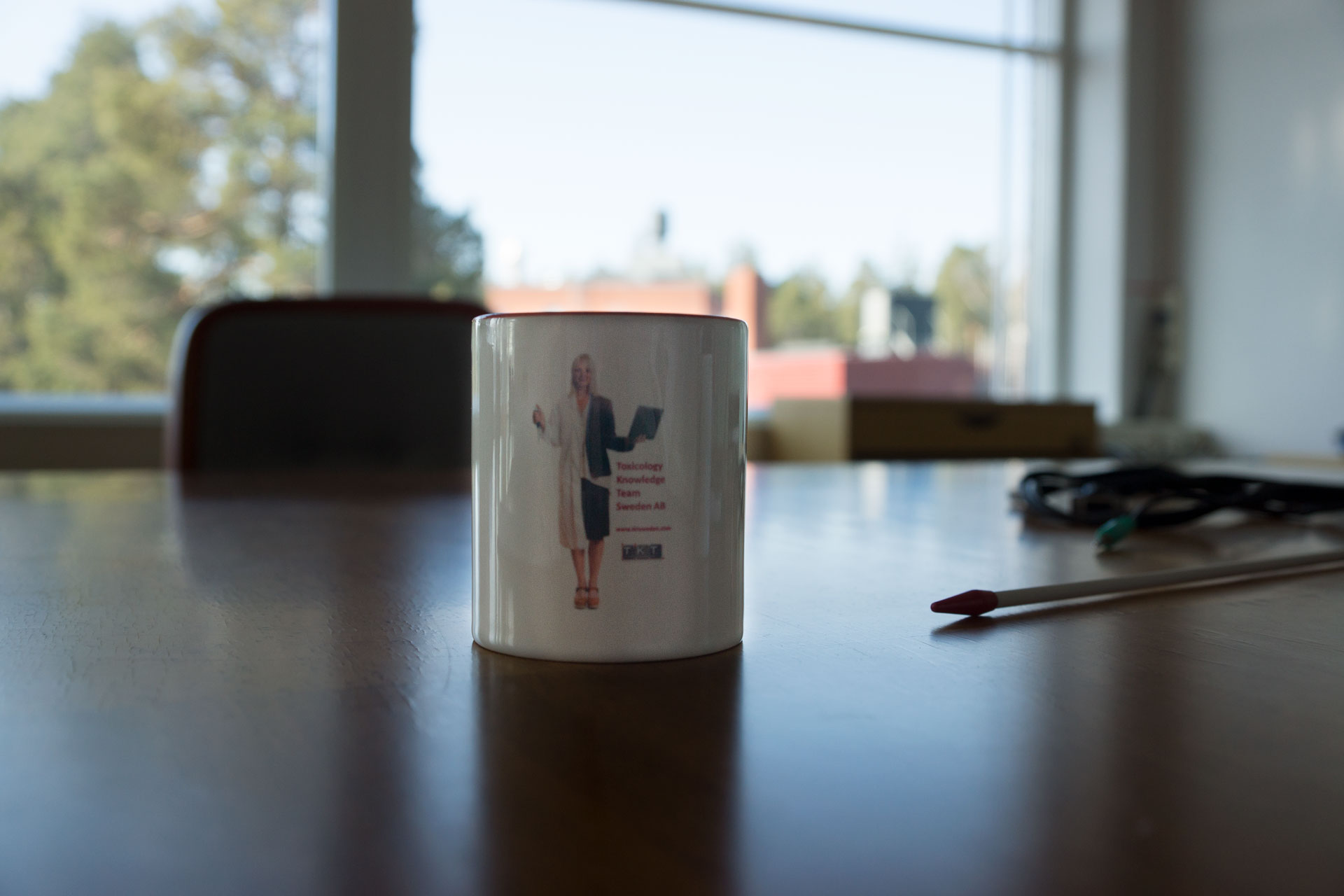Toxicology knowledge Team Sweden AB
Medical devices
Introduction:
Materials used for medical purposes are by default considered a safety risk until the scientific data and knowledge on the material, as well as the final device, can be deemed adequate. As the development and use of new materials and new applications has increased, the regulatory demands on manufacturers, developers, and suppliers of materials and final devices, have proportionally increased. This is reflected in the new European legislation, the Medical Device Directive (MDR), implemented in May 2021 (Regulation (EU) 2017/745).
For a company and developer on the global market there are a number of potential business critical decisions that need to be taken, prior to starting the development of the device, under the development and prior to submission of file for a clinical study or CE-marking.

“In the support, a structural aproach, combined with experience and scientific insight, makes all the difference”
With focus on customer satisfaction, TKT has provided risk assessments of materials and substances (extractables & leachables) of medical device since 2012. While the European MDR add complexity and new challenges in some respects, our experience and scientific insight remains a key asset in the preparation of e.g. safety statements/risk evaluations.
TKT’s motto “Optimizing toxicology” is reflected in the documentation, in advice during decision taking and in the regulatory risk assessment brought to the costumer (and subsequently, the regulatory authorities). A (sometimes brief) contact with the right expertise at the right time may prove to be invaluable in order to move any project forward.

“Contact with the right expertise at the right time may prove to be invaluable in order to secure financial investments.”
For further information and requests for quotations, please use our contact form, or contact any of our consultants.
Common queries to TKT
We have received results from an E&L study. Can TKT risk assess the leachables that have been found above the set limits for the device?
We have extensive experience in risk assessing extractables and leachables and can report results of the assessment(s) in formal reports, or, if wished, as a short memo. Our formal, signed, reports are ready to use in any regulatory submission/file, as they fully comply with the ISO 10993 standards. If needed, TKT will also provide regulatory accepted in silico/QSAR analyses. Welcome to contact TKT for further discussions on what assistance TKT can provide.

The previous version of ISO 10993-1 standards stated that “Tests for biocompatibility” should be considered, whereas the latest version (and MDR) emphasise “Endpoints”. What is the practical difference? Can literature data and/or time on market replace some of the tests (to secure endpoints)?

Query from client: “My product has been on the market for several years, isn’t the gained post-market/clinical experience sufficent to meet regulatory demands?”
There are usually alternate paths/strategies that can be considered, and in some cases post-market data and literature data may be sufficient. Ultimately, it depends on the quality of the accompanying data, and the risk assessments performed – which for an update need to be assessed on a case-by-case basis.
With the new MDR, there are stringent demands on the quality of the supporting documentation, and the quality of the risk assessment(s). Notably, additional formal requirements from the authorities have also been implemented on the expert(s) performing the final biological evaluation.